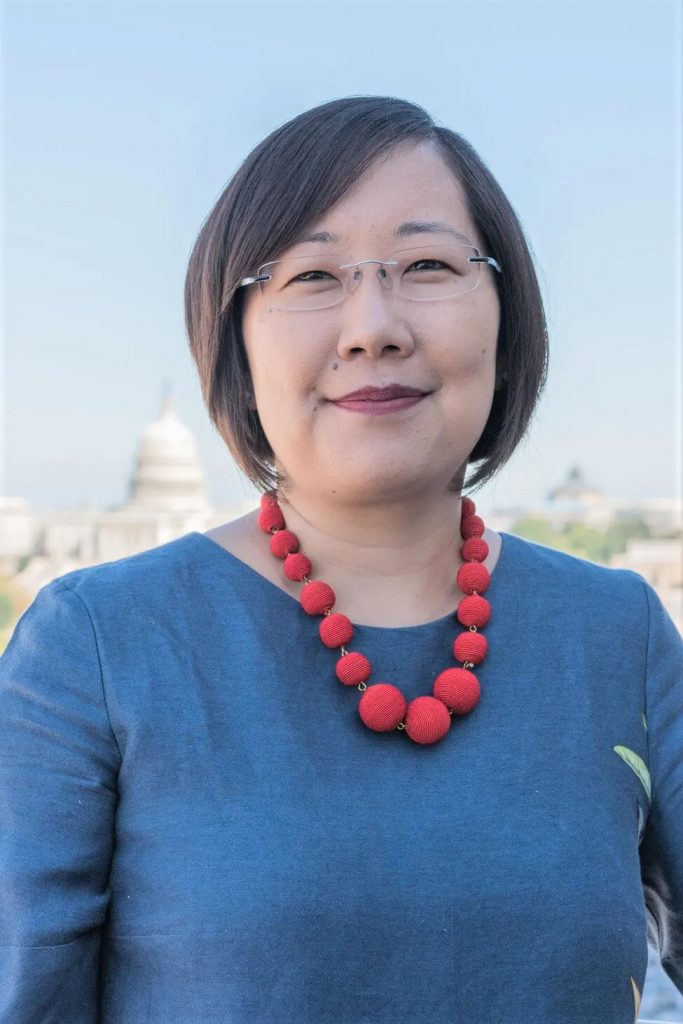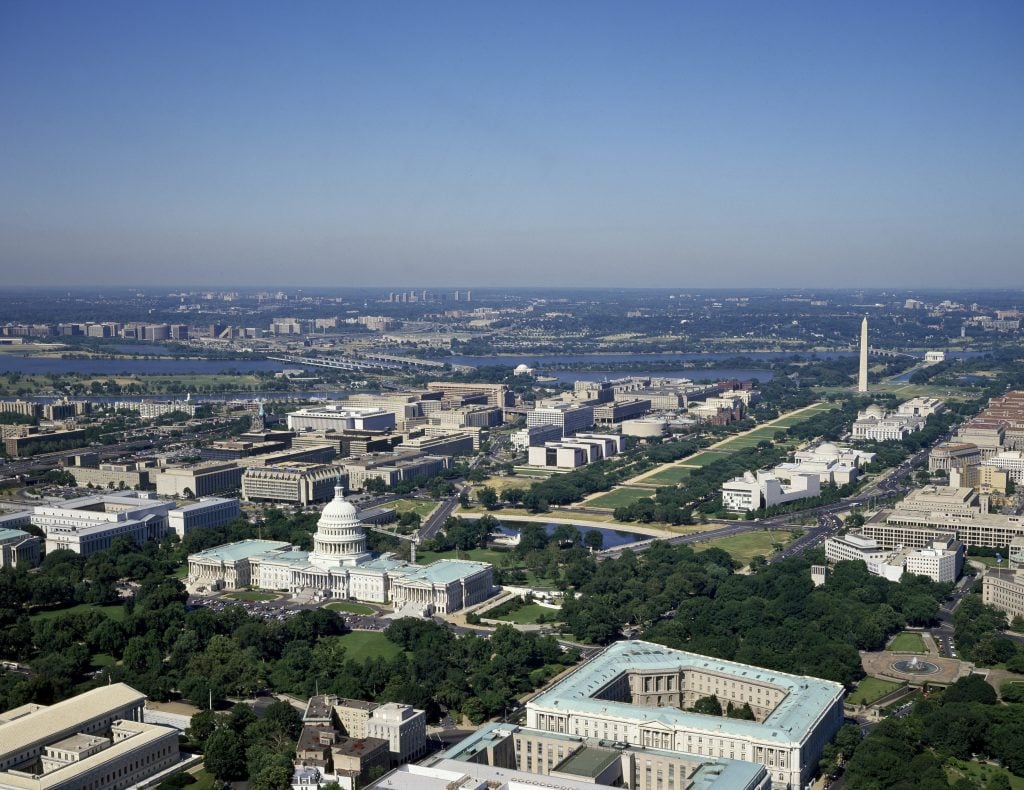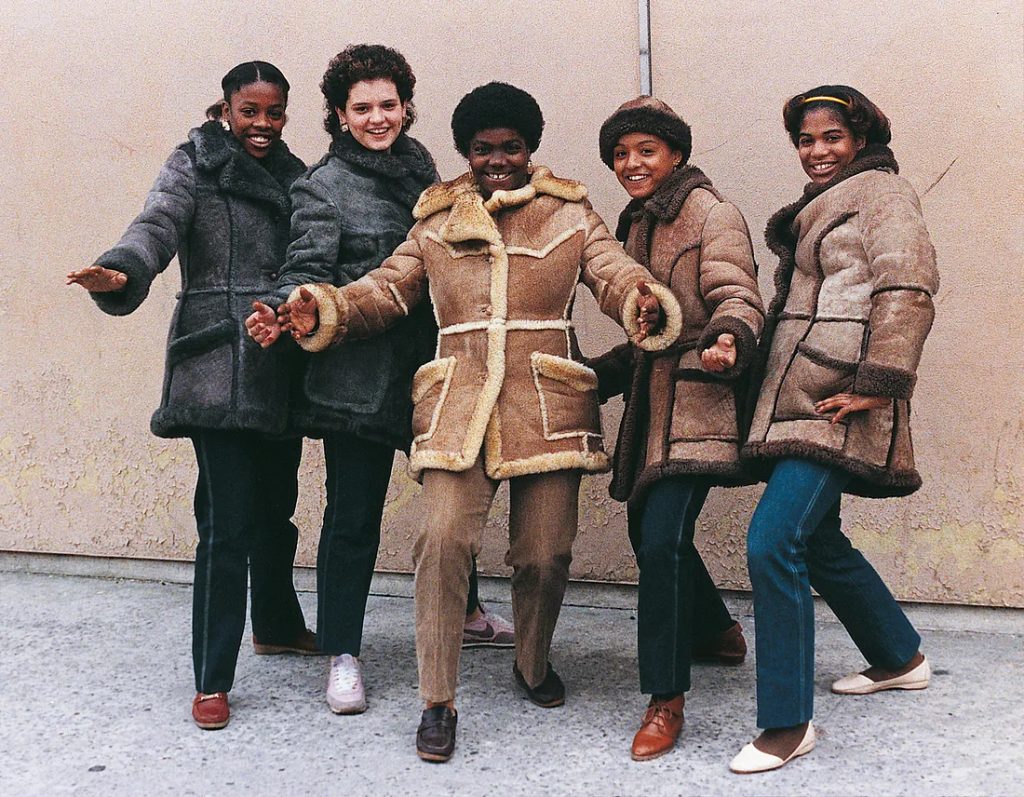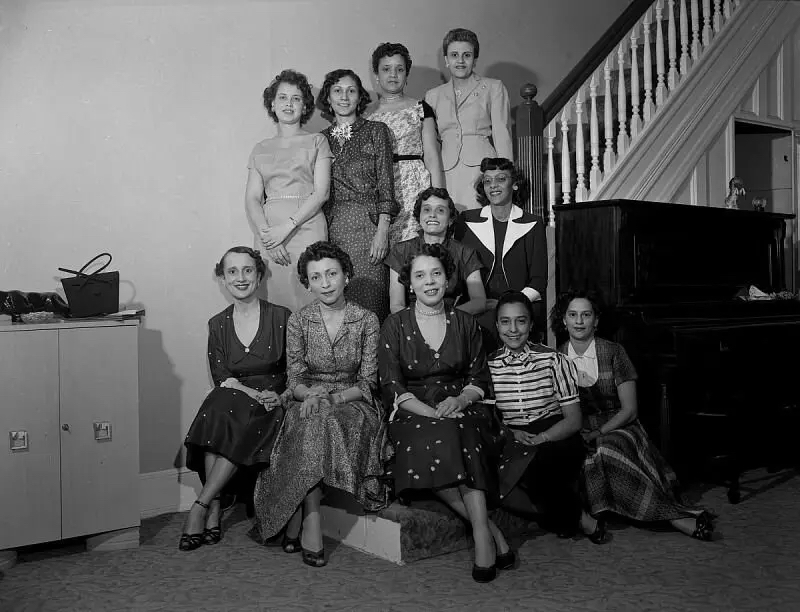Museums & Institutions
Tory Burch, Alice Walton, and Other Female Philanthropists Have Donated $55 Million to a New Smithsonian Women’s History Museum
The Smithsonian identified two possible sites for the museum in October.

The Smithsonian identified two possible sites for the museum in October.

Sarah Cascone

The opening of the forthcoming Smithsonian Institution’s American Women’s History Museum is likely at least a decade off, but efforts to establish a home for it have received a major boost: $55 million in donations, including from fashion designer Tory Burch, Walmart heiress Alice L. Walton, and philanthropist Melinda French Gates.
Walton and Burch are also members of the museum’s 23-person advisory board, which also includes actors Rosario Dawson and Lynda Carter, tennis legend Billie Jean King, and Craigslist founder Craig Newmark.
“We are so grateful to begin Women’s History Month with the support of such a stellar group of donors who are dedicated to bringing the story of the American woman to light,” Lisa Sasaki, the museum’s interim director, said in a statement. “Together, we will create a museum that celebrates the women who have helped build this country. These donations are pivotal in the realization of this vision.”
That vision has already been almost a decade in the making, starting with the December 2014 establishment of a Women’s History Congressional Commission, tasked with determining whether the nation would benefit from such a museum.

Aerial view of Washington, D.C. Photo by Carol M. Highsmith/Buyenlarge/Getty Images.
In 2016, the bipartisan group presented a report to Congress calling on elected officials to establish a museum for women’s history in Washington. D.C., preferably on the National Mall.
A 2017 bill proposing the creation of such a museum, introduced by former New York Congresswoman Carolyn Maloney, was never brought to a vote, but she tried again in 2019 and the House approved the bill in February 2020. The Senate passed a companion bill that December, voting to establish the National Museum of the American Latino at the same time.
The latest development on the project came in October, when the Smithsonian announced two possible sites on the National Mall for the two new institutions, which are slated to become its 20th and 21st museums.
The two will now have to duke it out for the preferred of the two sites, a more prominent location opposite the National Museum of African American History and Culture, compared to a spot near the Tidal Basin’s eastern shore that is not directly on the mall.

Photo of women in the New York hip hop scene in the 1980s by Jamel Shabazz. Collection of the Smithsonian American Women’s History Museum.
Both museums still have a long way to go before they can begin welcoming visitors. The newest addition to the Smithsonian, the African American History museum, opened in May 2016, nearly 30 years after the bill proposing its creation was first introduced.
More additions to the Smithsonian family could be forthcoming. Last fall, U.S. Representative Mark Pocan of Wisconsin introduced two bills to create the National Museum of American LGBTQ+ History and Culture. And in June, President Joe Biden signed a bill establishing a commission for the possible creation of a National Museum of Asian Pacific American History and Culture.
But $55 million in funding puts the Women’s History Museum on solid financial footing as it looks to the future. It currently has 14 employees and a nearly $2 million annual operating budget.

A 1955 photograph of a women’s club from the Smithsonian Institution’s collection. Photo from the Scurlock Studio Records, Archives Center, National Museum of American History, Smithsonian Institution.
“In most U.S. history textbooks, women are described as playing supporting roles to men,” Penny Pritzker, former U.S. secretary of commerce, and the chair of the museum’s advisory council, said. “But we all know that women are not side notes in American history. We are innovators, educators, politicians and more.”
The plan is to draw on the 157 million objects in the existing Smithsonian collection, as well as new donations, to tell the story of women’s contributions throughout U.S. history to the sciences, politics, sports, music, art, cinema, and more.
“We have a job to build a museum that’s going to serve the public for a very, very long time,” Sasaki told the New York Times, noting that the plan is to also acknowledge transgender women and the discrimination they’ve faced. “From the DNA of this museum, there has been a desire to be inclusive.”